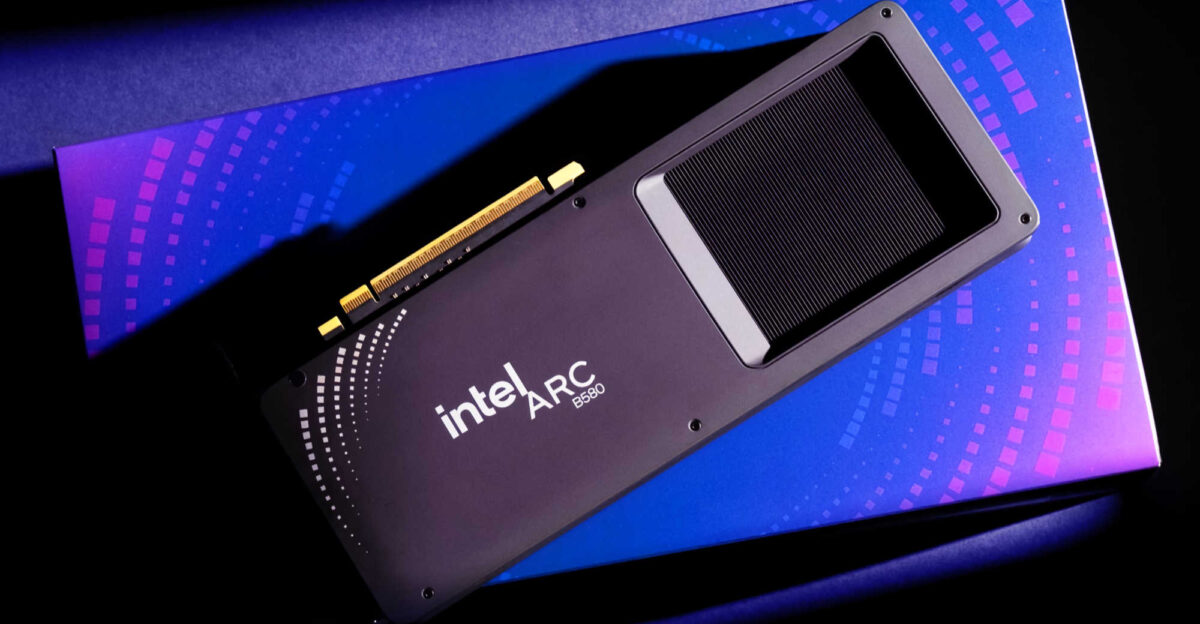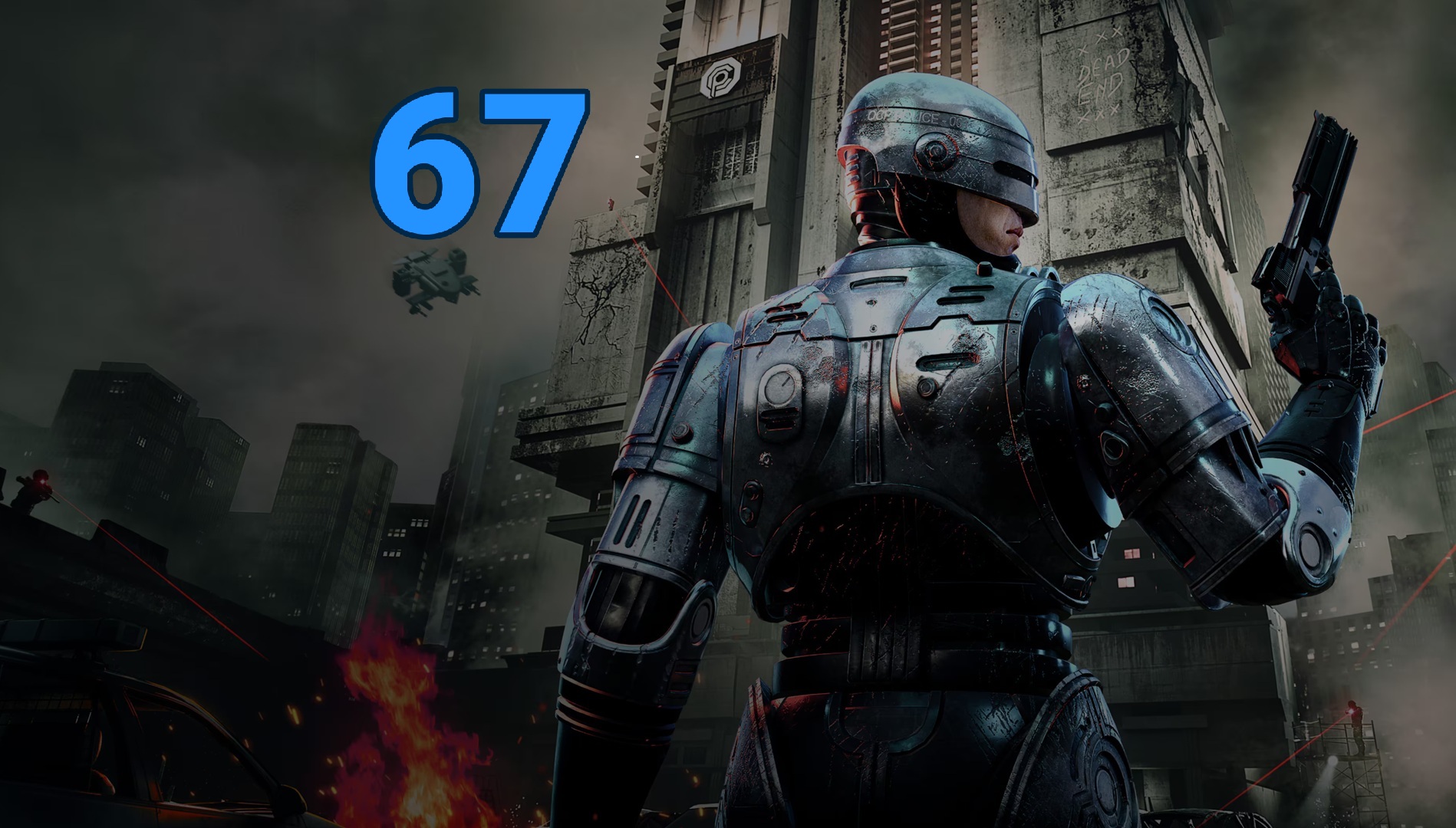- New testing has found that the Intel Arc B580 GPU has huge overhead issues on older systems due to Intel drivers.
- The GPU’s performance falls apart with certain AAA titles, delivering almost an unplayable experience for players.
- Intel is already looking into these issues and even recreated some of the same troubling results found by the YouTuber.
Intel has a deep foothold over the CPU market in the gaming scene, but it has only recently started dabbling in discrete GPUs to compete with Nvidia and AMD. Its foray into the arms race has been a mixed bag, but the budget-friendly GPUs have appealed to many users. The Intel Arc B580 GPU is arguably one of the most popular new cheap GPUs in the market, as it can rival some high-end giants.
However, new testing has revealed that its high performance is only the case for new systems mounted with the highest specifications, as it falls apart on systems older than three to five years.
Why it matters: The testing reveals that the Intel Arc B580 GPU is only good for new systems but falls apart on older ones due to overhead issues.
As pointed out by the YouTuber Hardware Canucks, the GPU’s performance sees a steep decline in certain games when tested on an older system. Some games, like Marvel’s Spider-Man Remastered and Starfield, were so bad that they were almost unplayable.
So, what’s happening? Mike argues that Intel drivers are to be blamed for the overhead issues. These drivers—while succeeding at gaming and software optimization—completely fail in platform optimization.
All in all, the YouTuber argues that it is not worth buying the GPU right now. Intel is looking into these concerns and even recreated some of these tests.
The only workaround for the overhead problem right now is to check whether your system has Resizable BAR support otherwise users on older platforms like below Intel 10th Gen and Ryzen 3000 series expect cut-down performance in games even by half in some cases.

It’s unclear how Intel will deal with this, but this issue has been known for a while now and was also present on Alchemist. Hopefully, this issue gets some attention now and Intel can improve upon it. But users using processors below the Ryzen 3000 series or Intel 10th Gen should avoid ARC B850 for now.
What’s your take on this whole situation? Let us know your thoughts in the comments below, or join the discussion on the official Tech4Gamers forum.
Thank you! Please share your positive feedback. 🔋
How could we improve this post? Please Help us. 😔
Shameer Sarfaraz has previously worked for eXputer as a Senior News Writer for several years. Now with Tech4Gamers, he loves to devoutly keep up with the latest gaming and entertainment industries. He has a Bachelor’s Degree in Computer Science and years of experience reporting on games. Besides his passion for breaking news stories, Shahmeer loves spending his leisure time farming away in Stardew Valley. VGC, IGN, GameSpot, Game Rant, TheGamer, GamingBolt, The Verge, NME, Metro, Dot Esports, GameByte, Kotaku Australia, PC Gamer, and more have cited his articles.


 Threads
Threads

